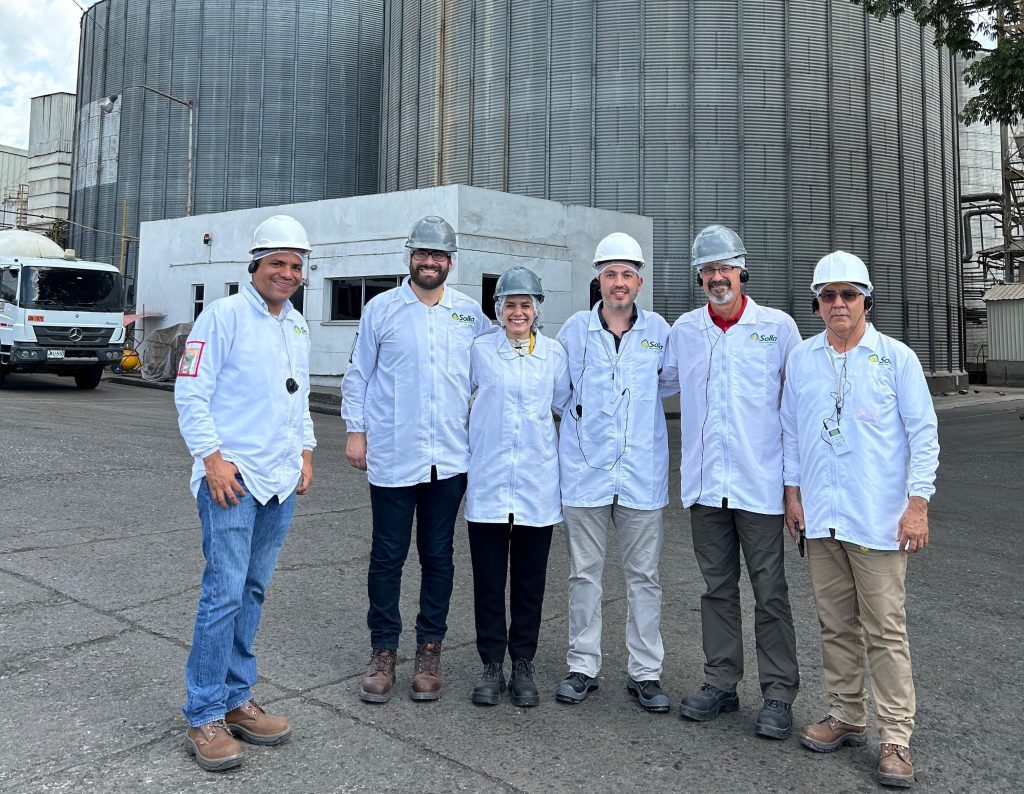The U.S. Grains Council (USGC), with support from Minnesota Corn, North Dakota Corn and South Dakota Corn, is conducting a study analyzing the performance of U.S. corn in feed milling when compared to corn of other origins. The study recently passed the lab analysis phase and is now in the process of developing trials in Latin America (LTA).
Initial lab results showed U.S. corn’s softer endosperm allowed for superior production while using less energy, creating savings for a feed mill. The increased milling ability can also improve the digestibility of poultry and swine diets.
“This study is an important project for the Council because it’s a way to promote the great work U.S. producers are already doing and help U.S. corn’s sales in the global market,” said Alexander Grabois, USGC manager of global strategies and trade.
“International end-users are always looking to improve the efficiency of their operations and by proving U.S. corn’s competitive advantage in feed milling, it’s a win for all parties. These projects and actions are of key importance in showing that U.S. corn can provide non-price related competitive advantages that would increase return on investment and efficiency.”
The Council is beginning the second phase of this study, through commercial trials, primarily with feed mills in LTA, and Grabois and USGC Marketing Specialist for Latin America (LTA) Angelica Rios traveled there last week to examine potential sites for the trials as well as to present the results of the academic study.
The team visited several commercial mills and conducted meetings with local stakeholders to determine the best path forward for the study, that will be a significant asset for international customers to help them make the best purchases for their needs.
“As we progress with conducting studies that highlight the value of U.S. corn, our goal is to translate the lab data we have received and understand how that applies to an operational mill, taking into consideration larger quantities and the challenges of day-to-day plant operations,” Grabois said.
“By showing the economic impact in real time, this will strengthen the perception of U.S. corn as not only a commodity, but a key ingredient to develop high-value animal feed.”
Learn more about the Council’s work in corn and corn co-products here.
About The U.S. Grains Council
The U.S. Grains Council develops export markets for U.S. barley, corn, sorghum and related products including distiller’s dried grains with solubles (DDGS) and ethanol. With full-time presence in 28 locations, the Council operates programs in more than 50 countries and the European Union. The Council believes exports are vital to global economic development and to U.S. agriculture’s profitability. Detailed information about the Council and its programs is online at www.grains.org.

